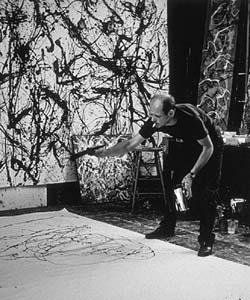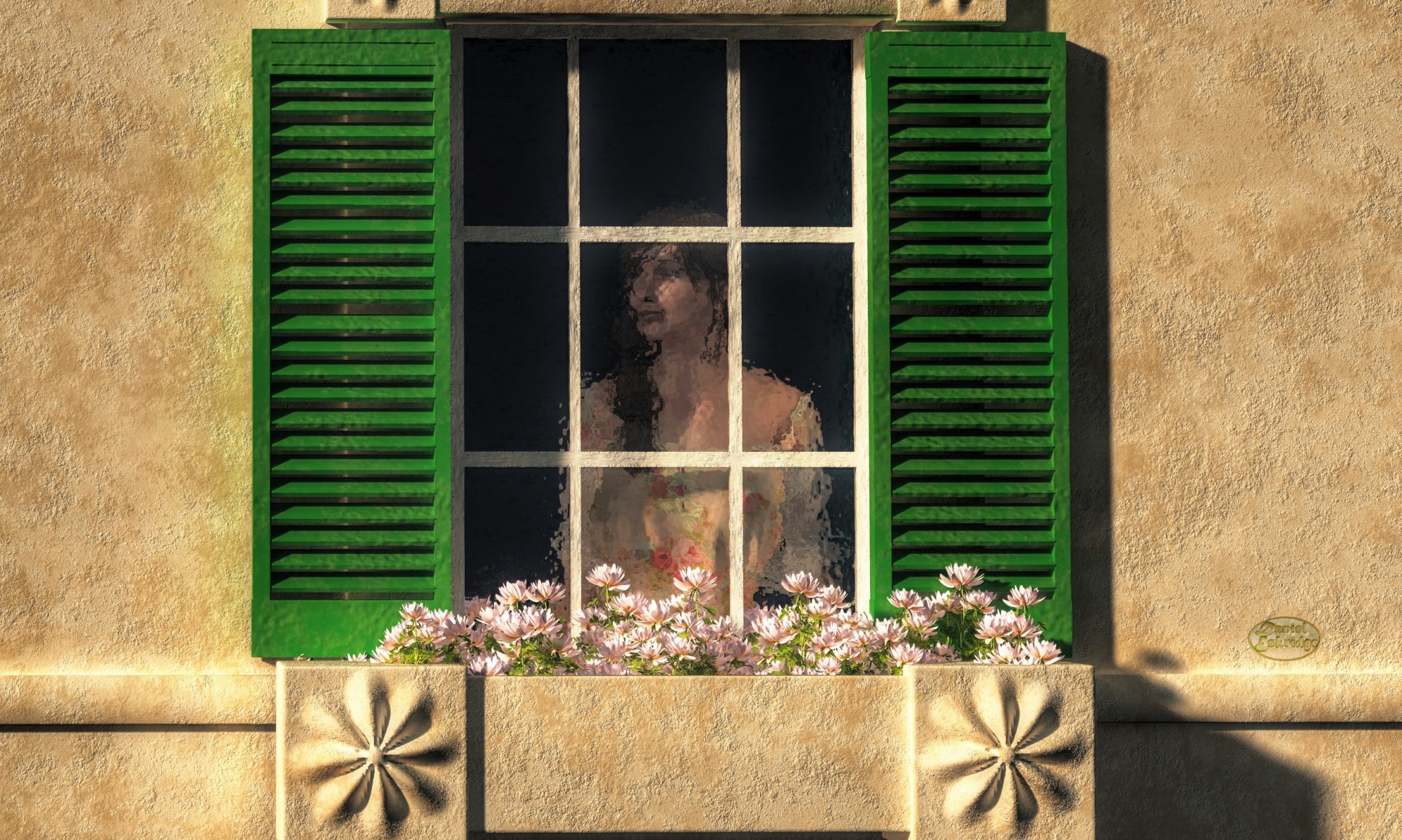
My response to this question is that such terms as “good” and “bad” are not really applicable to art. First off, those are vague terms, and if you ask a hundred different people what makes are “good” you will get a hundred different answers. The only thing that really makes a piece of art good, is that people think it is.
There was a story earlier this year on NPR about the nature of popularity and what makes things (particularly art) good. It talked about why the Mona Lisa was considered the best painting in history. The answer but a bit cyclical in that it is considered the best simply because so many people consider it to be so. It’s good because people say it is.
That’s the beauty of art. It is completely subjective and can defy such categorization as being “good” or” bad”. It all depends on the person experiencing that art. It gets down to the old saying: “One man’s trash, is another man’s treasure.”
So, when it comes to selling art online, don’t be overly worried about whether your art is “good” or “bad” because the chances are, that, no matter what you put out there, some people will like it while others will not. The trick is to find those who do.
That’s where marketing comes in. Marketing is really the key to selling online. If you are good at marketing, you can sell just about anything. It’s all about finding the right buyer.
I’m going to add one caveat that though. Though I think such terms as “good” or “bad” aren’t appropriate when discussing art, there are some things you can do while making art that will increase the odds that more people will like your art. These are such concepts as composition, value, color, subjects, and many more such fundamentals much of which will be the basis for future articles.
Of course, you can create a work of art that ignores all the fundamentals and still have a hit, but the odds will favor those who take advantage them. So you can look forward to me discussing many of them in the future.
Daniel
P.S.
Don’t forget to check out this week’s sponsor, Dick Blick Art Materials (since I offer this site for free, I have to fund it somehow 😉 )

